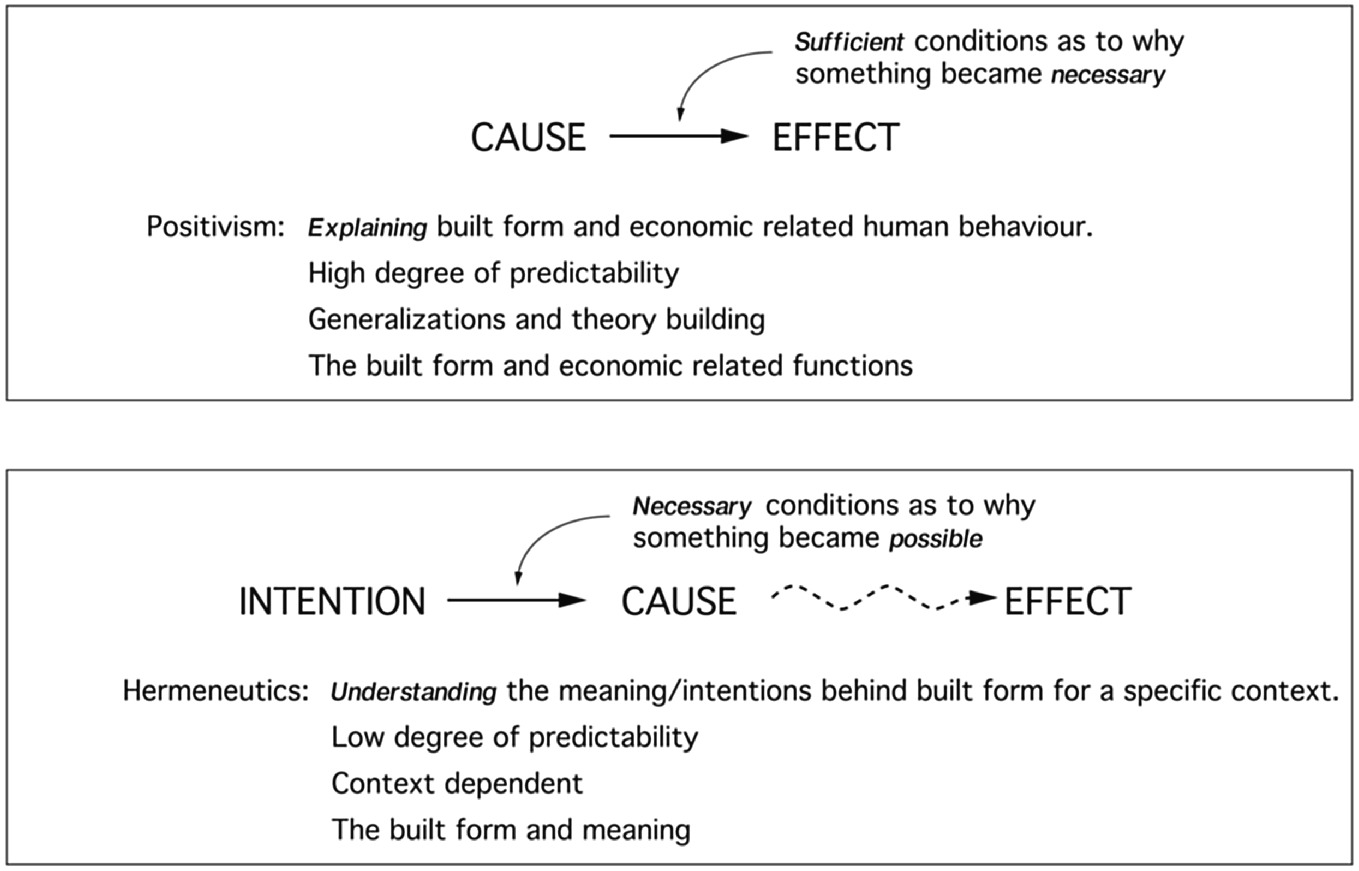

Our social media is full of advertisements trying to sell us the latest products, and as we drive around town there are billboards advertising stores and the local college football team. We check our email and we have 13 new emails from co-workers, family, friends and in my case, students. We get up in the morning and the radio DJ tells us about the latest news stories. Our days are spent navigating the enormous amounts of information that are being sent our way. How do your responses fit with the second table? Do your answers fit the research findings?Ħ.1.2 Dual-Processing Models and How We Process Persuasion There seems to be a standard order of persuasive strategies.

They found that it didn’t matter who was persuading or being persuaded. In Table 6.1b you will find the 15 different approaches.

How do these responses match with your answers from above? Are they similar/different? In the second study they took this list of 12 reasons/goals for persuading and asked the participants to write all the ways that they could achieve these persuasion goals and then rank them by most likely to use. When asked how they persuaded others a list of 12 reasons/goals was generated. They found that students reported others were persuading them more than they were persuading other people. In the first study, they asked participants to report whom they persuaded and who persuaded them. They completed three different studies to find these answers. What kinds of things do people persuade other people (their friends, their family, or their enemies) to do? What are the different techniques people use to get these people to do what they want?Ī research study done by Rule, et al., (1985) set out to determine if we have a persuasion schema or package of behaviors (tricks) for how we persuade people and are persuaded by them. Take a moment and think about who tries to persuade you on a daily basis and whom do you try to persuade. If you are unaware of persuasion attempts, then you could be taken advantage of. If you are not successful in persuading others, you could miss out on job opportunities or have poor relationships or no relationships. Persuasion serves an important function in a social society. You might also have had two ads pop up while you were on Facebook: one is for this amazing new bra and another one is for a blanket for your daughter that looks like a mermaid tail.

You may have just emailed your teacher asking for an extension or tried to get your child to eat their lunch. We spend our days persuading and being persuaded. Explore the persuasive schema perspective.Clarify the danger of cults and how we can resist being persuaded by them.Explore types of messages that successfully persuade.Investigate what characteristics make a communicator more or less persuasive, specifically focusing on credibility and attractiveness.Explain how we process persuasive attempts through the dual processing models.Explore the idea that we have a persuasion schema or bag of tricks for persuading and being persuaded by others.A Closer Look at Cults: Dangers and Resistance to Persuasion Factors that Lead to Successful Persuasion We will focus on how we process these attempts, when they are most successful, and how we can resist them. This module will focus on those persuasive communication attempts as well as our attempts to persuade others. In the last module on attitudes, we learned that our evaluation of things, or our attitudes, can be changed, sometimes by our own inconsistencies, but often through persuasive communication attempts. Everything we have already learned will continue to be built upon as we now come to understand persuasion, conformity and group influence. The next section will look at how we influence and are influenced by others. That knowledge gives us a solid base that helps us navigate our world. The second section of the textbook covered the three main ways we better understand ourselves and others.


 0 kommentar(er)
0 kommentar(er)
